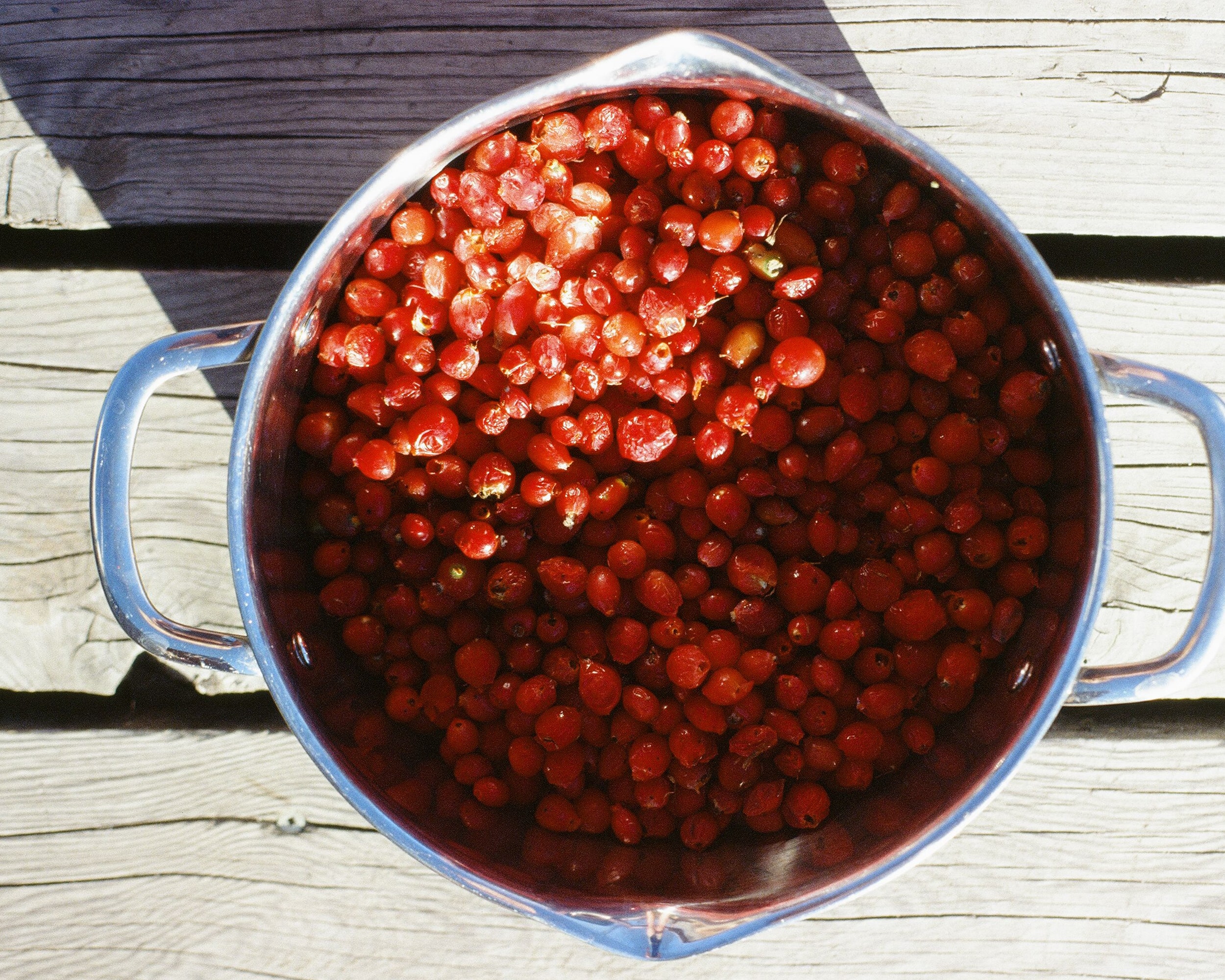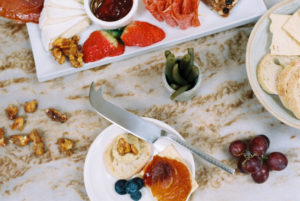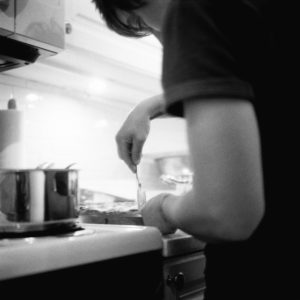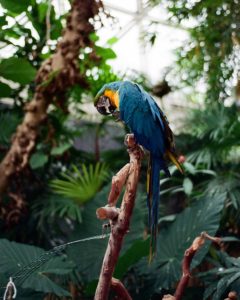I’ve been casting about for a personal project that feels exciting, and I realized that all I can think about lately is food (I bet you are shocked). To fully embrace it, I’ve decided my new personal project will be documenting Vancouver Island wild food.
From the March Print and the shellfish everywhere to the bare huckleberry bushes I know will be loaded in a couple of months (also the local cheese and greens I’ve been eating, hello) I just want to taste everything and take its picture.
Since my last project involved going into friends’ houses and got cut short by the Global Event That Shall Not Be Named, I am cautiously optimistic that focusing on things that are outdoor by default will yield better results.
I’ve written before about how has been for my sense of both self and place, so it always makes sense to me to start with food when getting to know new people and places (I’ve never been a big talker so having something to eat and share and talk about is always welcome). Food is such as important piece of culture–and wild food is such a crucial part of the culture of the Coast Salish people whose land I live on– so I feel like it behooves me to put some time into learning about it.
I will post as I go (with the usual film mailing/developing/scanning intervals of course) but I thought it might be nice to start off with a few of my favourite wild food photos. Most are from past trips to the island, with some from St’at’imc and Secwepemc mixed in.
Without further ado, some food.
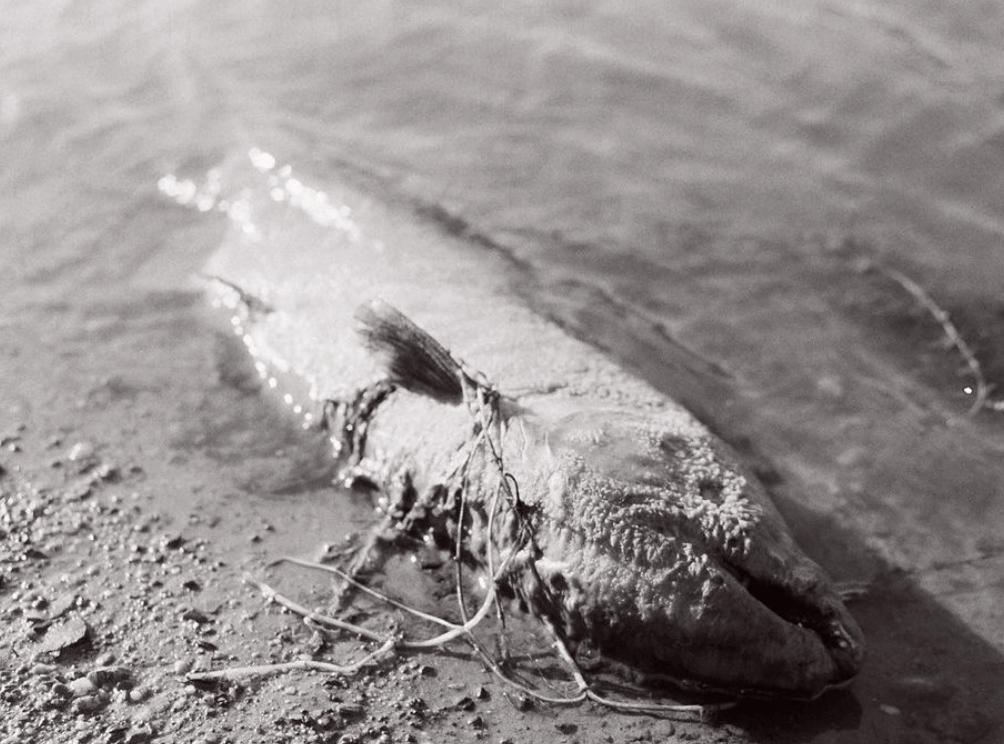
No talk of wild food in this province is complete without salmon. It’s the lifeblood of the Pacific Northwest. And I’ve spent years working better understand it and get more connected to it. This one is spent after spawning in the Thompson River in Secwepemc.
Years ago I wrote a travel blog to document a three-month road trip Kaleb and took through BC, from Vancouver to Haida Gwaii and back. It’s gratifying to look back on what I thought about food, and salmon in particular, and feel like I’m on the track that 2014 Erin foresaw for herself.
The blog is called The Little Perogie for reasons that I’ll have to get into another time, and the piece about wild food is here if you’d like to see.
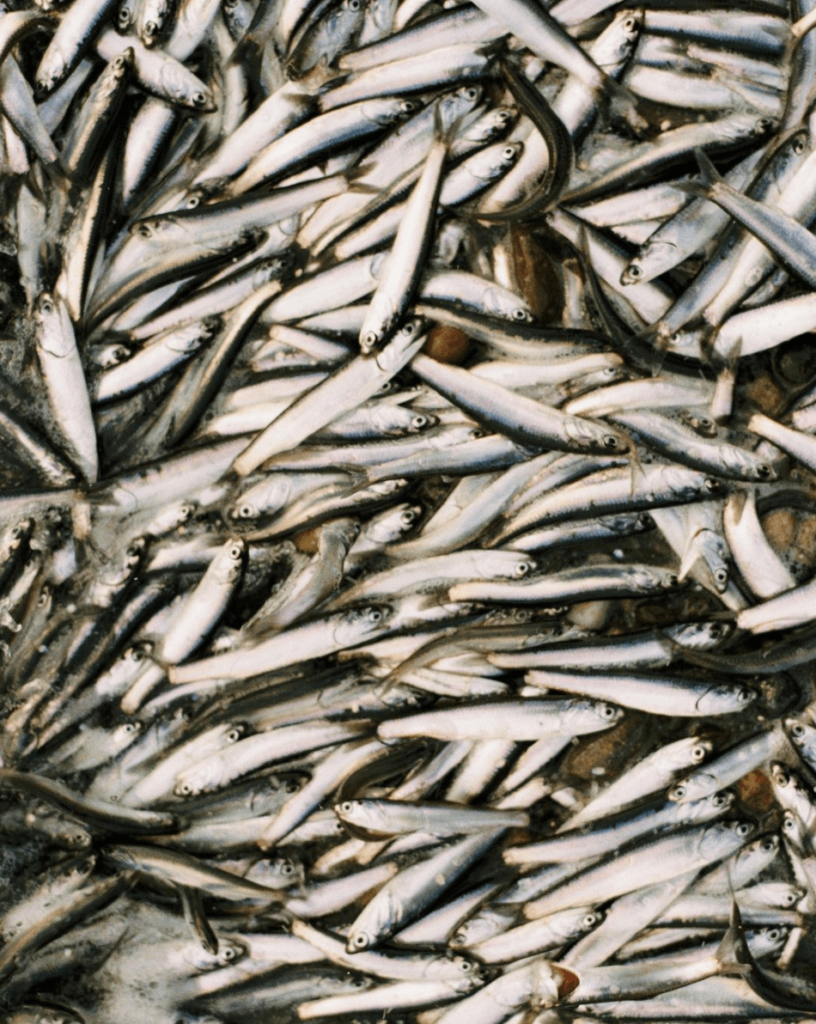
Sardines! Like the March Print mussels, I love the pattern of these. They washed up on shore in thick waves by the White Rock pier at Christmastime. Most people ignored them (or took photos), but there were a number of people harvesting them.
I think one of the more heartbreaking things about wild seafood in particular is how much of it exists but is no longer healthy. It’s not safe to eat anything except crabs in the Burrard inlet, and those are only safe because their built-in filtration systems remove enough pollution from their bodies. Shellfish in many places is toxic to eat because of increasingly frequent red tides (the excess growth of harmful bacteria that are ingested by bivalves like clams and oysters) and climate change is making the problem worse.
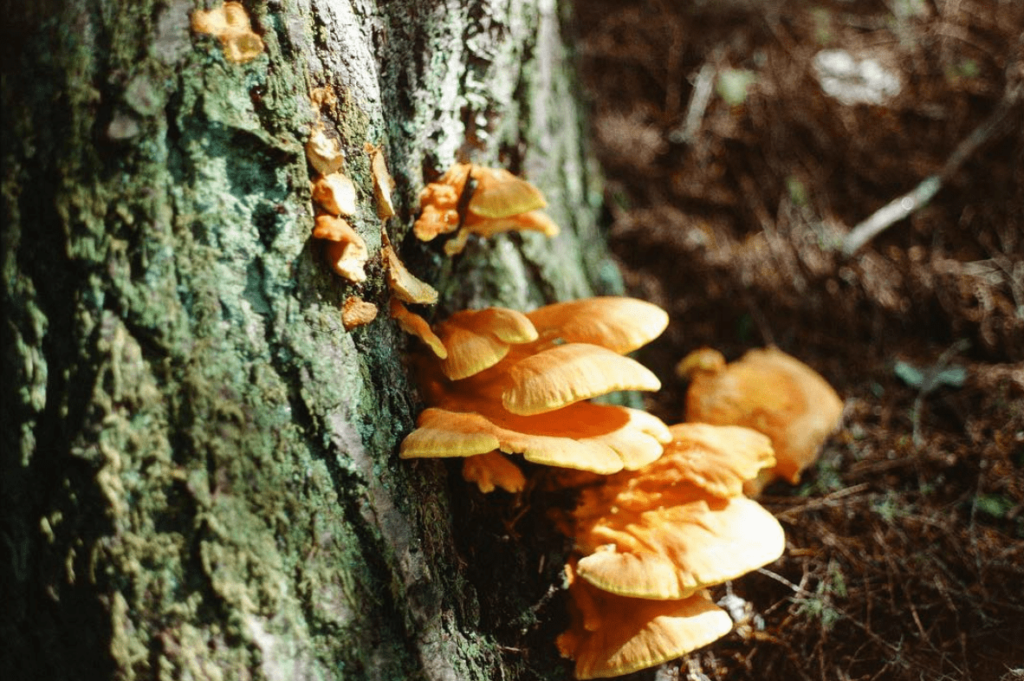
This is from maybe the second time I took a film camera on a backpacking trip, and I love it so much. It’s Chicken of the Woods (or Hen of the Woods if you’re putting it on the menu somewhere fancy, lol). I’ve encountered it all over the place but I’ve never actually eaten it. I’ve eaten puff balls fried in butter (delicious) and eaten shaggy mane mushrooms in stew, so perhaps it’s time to expand my mushroom palette.
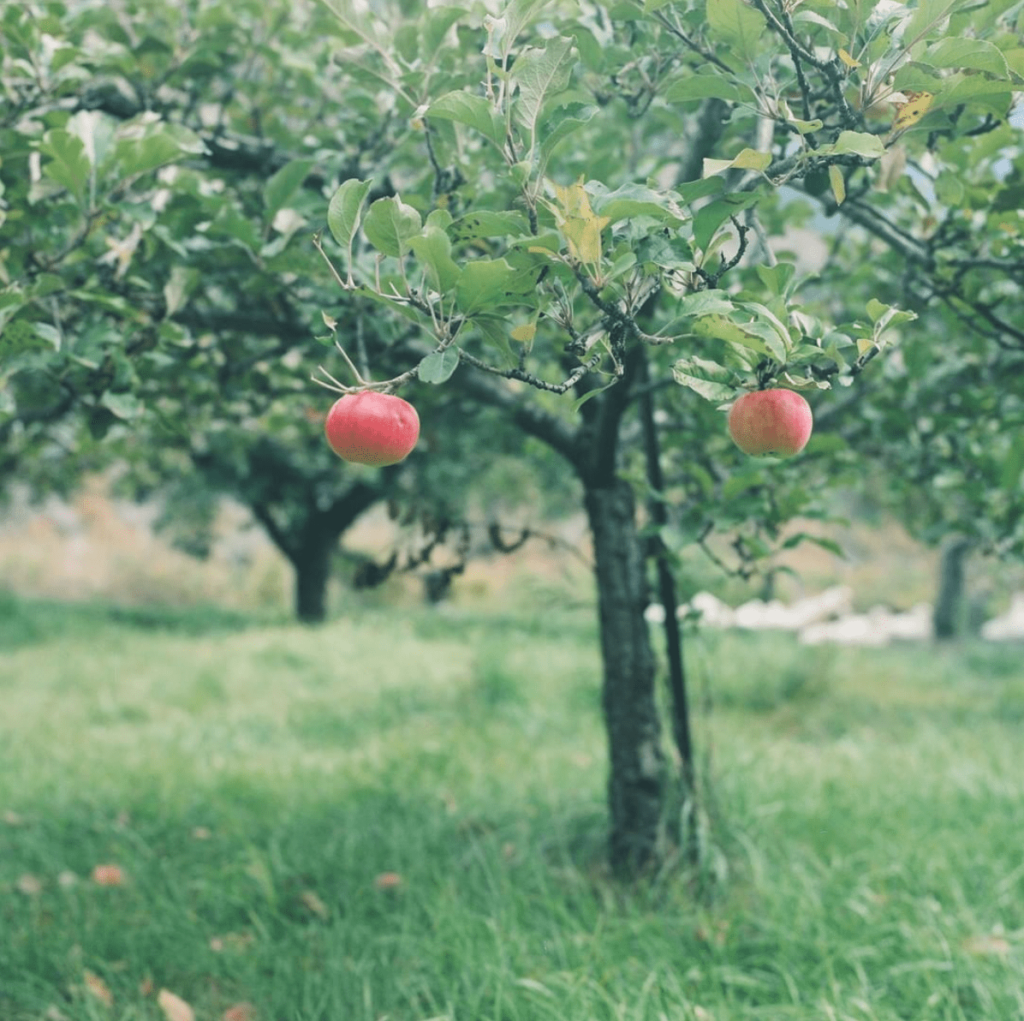
These are Lillooet apples. We dropped in on a friend and were told she was here, juicing apples so she and a few others could make cider. We got to help and we got to take home some juice. Fruit grows everywhere around Lillooet, both wild and cultivated. The variety of wild raspberry called blackcap is hands-down the best, but it’s tough to find and gods help you if you’re caught picking from someone else’s secret patch. Still one of the greatest honours bestowed upon us while we lived there was being taken into the mountains by the aforementioned friend to pick wild blueberries and huckleberries.
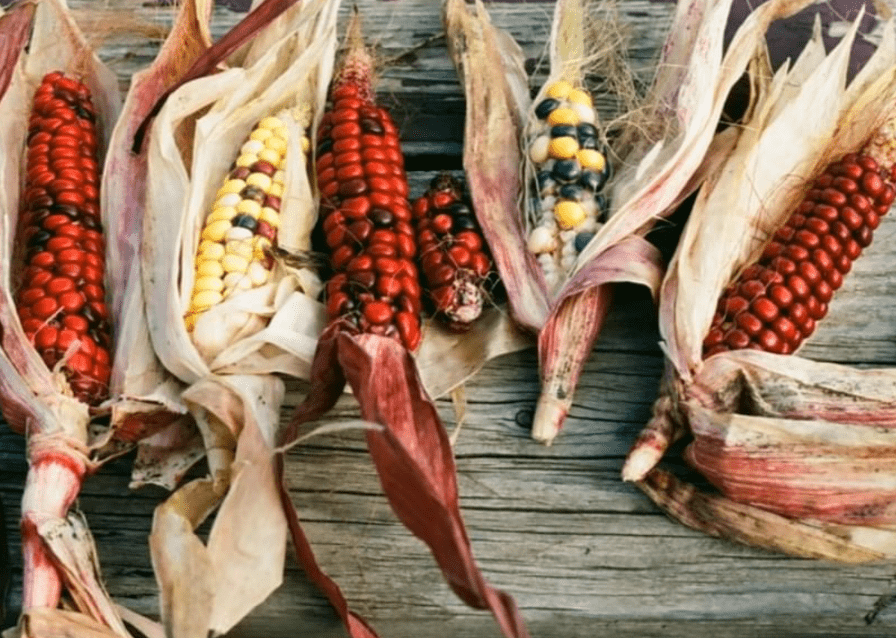
This is painted mountain corn grown from Hopi seed. So it isn’t wild exactly, but I’m learning more and more about the ways in which different nations cultivated foods. Especially in the context of (re)emerging local food systems (and people who act like white people are the first ones to farm) it feels important to understand how indigenous food cultures have historically worked with and modified landscapes to manage growth of edible and medicinal plants. There’s so much to learn about corn alone, the varieties and methods and history passed down through seeds.
So here it is, starting my Van Isle wild food project as of today. Taking suggestions for foods I should learn about!
